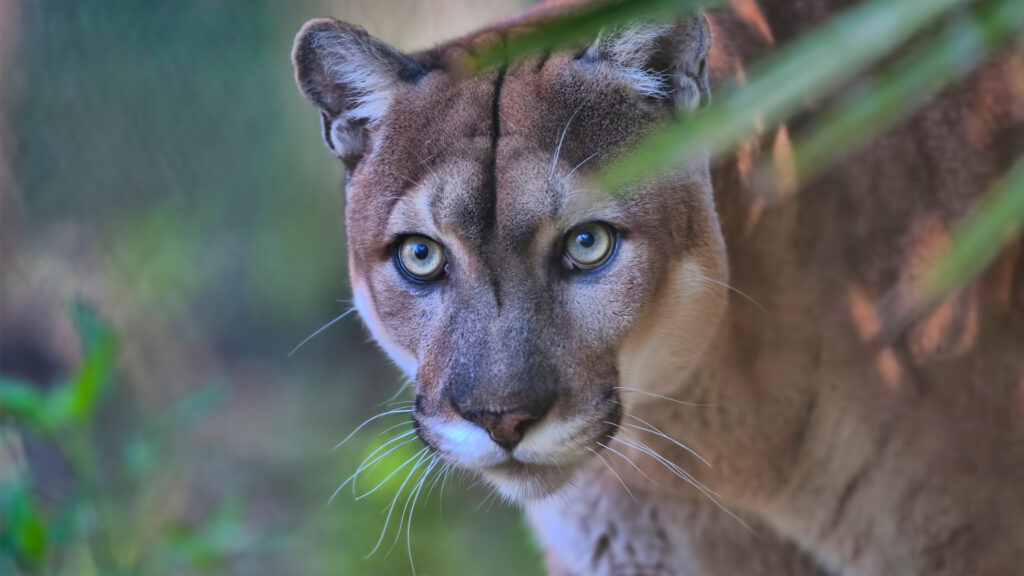A roundup of news items related to climate change and other environmental issues in Florida:
Developer seeking to build 10,000 homes in habitat critical to Florida panther in eastern Lee County | WGCU

A mere 10 to 20 Florida panthers roamed South Florida in 1967, the year the beleaguered animal made a list of endangered species. Today the estimate is a little more than 200 of the big cats freely roam the interior of the Florida Peninsula. But as Southwest Florida continues to expand east, conservationists fear the end is officially near for the Florida panther.
“I’m asking for prayers for the panther, and the Panther Nation. If you guys keep making room for more people, more people keep coming. And if you guys let them, they’re going to destroy every square inch of this place before they’re satisfied,” said Garrett Stuart, an environmental consultant and biologist who runs the Eco Preservation Project. He’s also a Native American.
This clearly passionate scientist was among some 30 demonstrators in the rain outside an Eastern Lee County Library Tuesday. Inside, the state environmental protection agency was taking public comment before deciding if a Lee County developer can build 10,000 homes in habitat critical to the Florida panther.
Miami-Dade continues efforts to make all county buildings solar-powered | CBS News Miami
DORAL – The efforts to make all Miami-Dade County buildings solar-powered continued with the unveiling of solar panels at the Metrowest Detention Center.
Solar panels have been placed atop the county building and is the second out of three major solar projects the county is completing. It’s expected to meet 24% of the facility’s electricity needs.
“It’s saving this department money. Money that can be used for important programming,” said Miami-Dade County Mayor Daniella Levine Cava.
‘What I loved was dying’: The next generation works to change perception of the Everglades | FIU Caplin News
Thirteen-year-old Luca Martinez’s curiosity was sparked after he watched an osprey spot its prey and begin a rapid descent, plunging into the water to catch its meal.
Inspired by what he’d seen, Martinez got his hands on a camera and began to photograph birds around his Miami-Dade neighborhood.
After learning that the origin of the birds he snapped pictures of could be traced back to the Everglades, Martinez began repeated excursions there to uncover the beauty of the national park. Now at 19, Martinez uses his striking visual work, distributed through his social media platforms, to encourage a younger crowd to appreciate the river of grass and its mysterious intricacies.
If you have any news items of note that you think we should include in our next roundup, please email The Invading Sea Editor Nathan Crabbe at ncrabbe@fau.edu. Sign up for The Invading Sea newsletter by visiting here.



